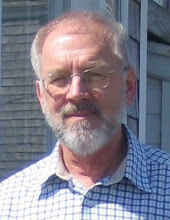David Kokernot said, and many writers have repeated, that he served as an officer chasing smugglers in the Gulf of Mexico in the 1830s. He would have worked for the Collector of Customs
 in New Orleans who, in turn, worked for the Treasury Department in Washington. After a year spent searching for the federal documents that would be generated by that activity, I found correspondence between those two offices resting in a field office of the National Archives in Fort Worth, Texas. No amount of phone calls or emails had produced a catalog of the collection, which fills many boxes, until I walked into the archives on October 30, 2006. That catalog, which resided in the computer of one archivist at the time, nowhere else, saved me days of work.
in New Orleans who, in turn, worked for the Treasury Department in Washington. After a year spent searching for the federal documents that would be generated by that activity, I found correspondence between those two offices resting in a field office of the National Archives in Fort Worth, Texas. No amount of phone calls or emails had produced a catalog of the collection, which fills many boxes, until I walked into the archives on October 30, 2006. That catalog, which resided in the computer of one archivist at the time, nowhere else, saved me days of work.David Kokernot did sail with the Revenue Cutter Service--once. The history of his service can be pieced together by careful examination of those correspondence files. Pictured here is just one letter between Washington and New Orleans that mentions charges against Kokernot and the officers of the Revenue Cutter Ingham. You'll have to go to Ft. Worth or buy my book to learn the rest of the story. Sorry, the book is not available yet, but here is a record of my progress on it.







